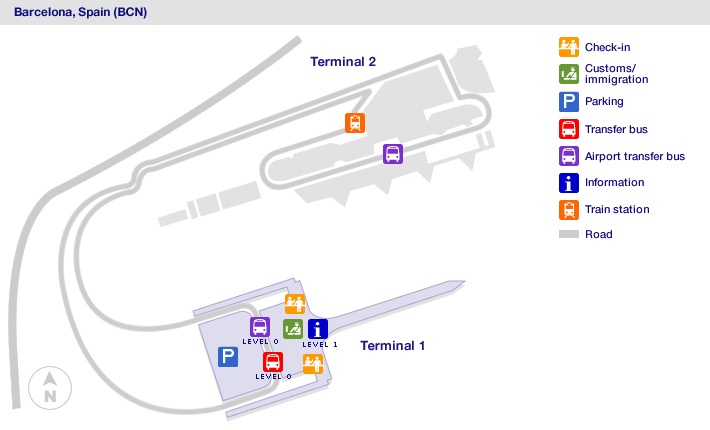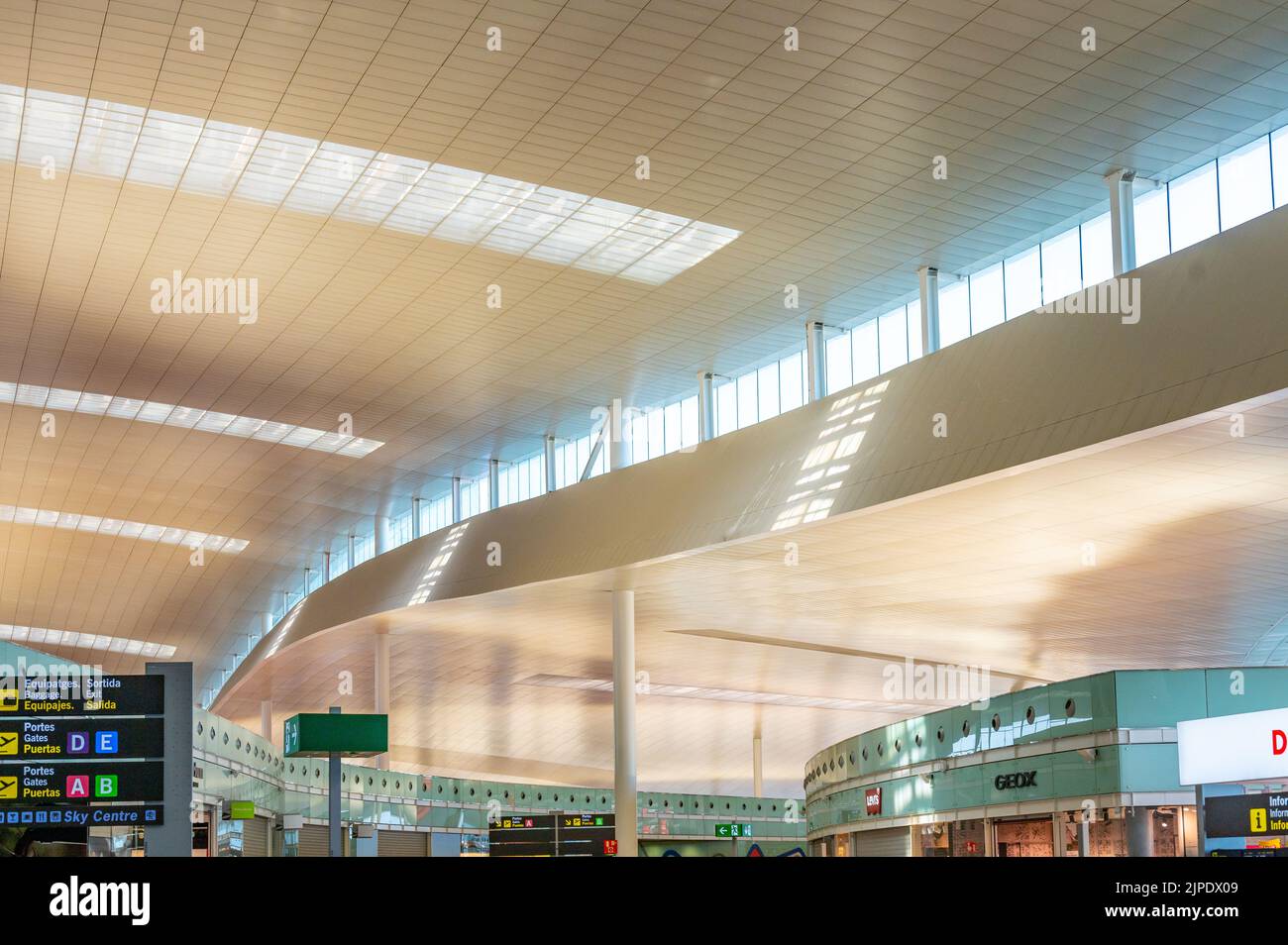“Okay, here is an article about Barcelona-El Prat Airport (BCN) in English, aiming for approximately 2000 words.
Artikel Terkait Okay, here is an article about Barcelona-El Prat Airport (BCN) in English, aiming for approximately 2000 words.
- Okay, Here Is An Article About Aspen/Pitkin County Airport (ASE) In English, Aiming For Approximately 2000 Words.
- Okay, Here Is An Article About Atlanta Airport Hotels, Aiming For A Word Count Around 2000 Words, Written In English.
- Okay, Here Is A 2000-word Article In English About The Food Options At Hartsfield-Jackson Atlanta International Airport (ATL).
- Okay, Here Is A Comprehensive Article About Barcelona–El Prat Josep Tarradellas Airport (BCN), Aiming For Approximately 2000 Words.
- Airport Stadium 12
Table of Content
- 1 Artikel Terkait Okay, here is an article about Barcelona-El Prat Airport (BCN) in English, aiming for approximately 2000 words.
- 2 Video tentang Okay, here is an article about Barcelona-El Prat Airport (BCN) in English, aiming for approximately 2000 words.
- 3 Barcelona-El Prat Airport (BCN): Gateway to Catalonia and Beyond
Video tentang Okay, here is an article about Barcelona-El Prat Airport (BCN) in English, aiming for approximately 2000 words.
Okay, here is an article about Barcelona-El Prat Airport (BCN) in English, aiming for approximately 2000 words.

Barcelona-El Prat Airport (BCN): Gateway to Catalonia and Beyond
Barcelona, a city synonymous with vibrant culture, stunning architecture, and Mediterranean charm, attracts millions of visitors each year. For the vast majority of these international travelers, the journey begins and ends at Josep Tarradellas Barcelona–El Prat Airport (BCN). As the primary gateway to Catalonia and Spain’s second-busiest airport, BCN is far more than just a transit point; it is a critical piece of infrastructure, an economic engine, and a symbol of Barcelona’s global connectivity.
This article delves into the multifaceted world of BCN, exploring its history, infrastructure, operations, passenger experience, economic impact, and the challenges and opportunities that lie ahead for this vital aviation hub.
A Historical Perspective: From Humble Beginnings to Modern Hub
The history of aviation in Barcelona dates back to the early 20th century. The first operational airfield in the region was located near El Remolar, opening in 1918. However, its limitations soon became apparent. A more suitable location was identified closer to the municipality of El Prat de Llobregat, giving the airport its enduring name. The new airfield officially opened in 1923 and quickly became the main airport for Barcelona.
In its early decades, Barcelona Airport primarily handled domestic and limited international flights, reflecting the nascent stage of commercial aviation. The Spanish Civil War and World War II significantly impacted operations, but the airport gradually recovered and began to expand in the post-war era.
A major turning point came with the selection of Barcelona as the host city for the 1992 Summer Olympics. This prestigious event necessitated a significant upgrade of the city’s infrastructure, including its airport. A comprehensive renovation and expansion project was undertaken, which included the construction of a new control tower and a substantial enlargement of the terminal facilities (what is now Terminal 2). These improvements dramatically increased the airport’s capacity and modernized its appearance, preparing it for the surge in visitors the Olympics would bring and setting the stage for future growth.
The late 20th and early 21st centuries saw a boom in air travel, particularly with the rise of low-cost carriers. Barcelona’s popularity as a tourist and business destination soared. The existing infrastructure, even after the Olympic upgrades, began to strain under the increasing passenger numbers. This led to the most ambitious expansion project in the airport’s history: the construction of Terminal 1.
Inaugurated in 2009, Terminal 1 was a game-changer. Designed by the renowned architect Ricardo Bofill, the building is a masterpiece of modern airport architecture – spacious, flooded with natural light, and highly functional. Its opening allowed for a significant redistribution of airlines and passenger traffic, vastly increasing the airport’s overall capacity and improving the passenger experience. While Terminal 2 continued to operate, primarily serving low-cost and regional carriers, Terminal 1 became the home for major legacy airlines and most long-haul routes. The completion of T1 solidified BCN’s position as a major European airport capable of handling the demands of 21st-century air travel.

The Terminal Landscape: T1 and T2
Barcelona-El Prat Airport operates with two main terminal buildings: Terminal 1 (T1) and Terminal 2 (T2). While connected by a free shuttle bus service, they offer distinct experiences and serve different sets of airlines.
Terminal 1 (T1): The Modern Hub
Terminal 1 is the newer and significantly larger of the two terminals, covering an impressive 544,000 square meters. It is a testament to modern airport design, prioritizing passenger flow, comfort, and efficiency.
- Architecture and Design: Designed by Ricardo Bofill, T1 is characterized by its soaring ceilings, extensive use of glass providing panoramic views of the runways and surrounding landscape, and a logical layout. The central spine of the terminal is a vast check-in area, leading seamlessly into security and then into the large airside departure area.
- Capacity: T1 was designed to handle up to 55 million passengers annually, a substantial increase over the airport’s previous capacity.
- Layout: The terminal is structured into different modules or piers:
- Module A: Primarily handles flights to the Schengen Area.
- Module B: Also for Schengen flights, often used by Vueling.
- Module C: Handles both Schengen and non-Schengen flights.
- Module D: Exclusively for non-Schengen flights, requiring passport control. This is where most long-haul international flights depart.
- Module E: A separate satellite building connected by an underground automatic train, also primarily for non-Schengen flights.

- Airlines: T1 is home to the majority of major airlines operating at BCN, including Spain’s flag carrier Iberia (and its regional subsidiary Air Nostrum), Vueling (which uses T1 as its main base), Star Alliance members (like Lufthansa, Swiss, Turkish Airlines, United), Oneworld members (like British Airways, American Airlines, Qatar Airways), SkyTeam members (like Air France, KLM, Delta), and many other full-service and some low-cost carriers operating longer routes.
- Facilities and Amenities: T1 boasts an extensive range of facilities. The check-in area is vast, with numerous desks and self-service kiosks. Security is efficient, though queues can build up during peak times. Airside, passengers find a wide array of retail outlets, from high-end fashion brands and electronics to bookstores and souvenir shops. Dining options are diverse, catering to various tastes and budgets, including fast food, cafes, tapas bars, and sit-down restaurants. Several airline and independent lounges offer comfortable spaces for eligible passengers to relax or work. Other services include currency exchange, ATMs, pharmacies, medical services, prayer rooms, children’s play areas, and abundant seating with charging points.

Terminal 2 (T2): The Legacy Terminal
Terminal 2 is the older terminal complex, a result of the 1992 Olympic expansion. It is divided into three interconnected buildings: T2A, T2B, and T2C.
- Architecture and Design: T2 is less architecturally striking than T1, reflecting its earlier construction. While functional, it feels less spacious and modern compared to its newer counterpart.
- Capacity: T2 has a lower capacity than T1 and is primarily used for specific types of operations.
- Layout: T2B is the central and largest part, T2A is to the north, and T2C is to the south. While there are internal walkways, moving between the furthest points (e.g., T2A to T2C) can take some time.
- Airlines: T2 is predominantly used by low-cost carriers, most notably Ryanair and EasyJet. It also handles some charter flights and a few other airlines.
- Facilities and Amenities: T2 offers a more limited range of facilities compared to T1. There are check-in desks and security checkpoints in each section (A, B, C). Airside, there are shops, cafes, and restaurants, but the selection is less extensive than in T1. Lounges are also available but fewer in number.
Inter-Terminal Transfer: A free, frequent shuttle bus service connects T1 and T2, operating 24/7. The journey takes approximately 10-15 minutes, depending on traffic within the airport complex. This service is crucial for passengers connecting between flights arriving at one terminal and departing from the other, or for those using public transport options that only serve one terminal (like the train which only stops at T2).
Air Traffic and Connectivity: A Hub for Point-to-Point Travel
Barcelona-El Prat is not traditionally structured as a major hub airport in the same vein as Frankfurt, Amsterdam, or Paris CDG, which primarily focus on connecting passengers. Instead, BCN excels as a strong point-to-point airport, serving the massive inbound and outbound demand generated by Barcelona and its surrounding region.
- Passenger Volume: Consistently ranking as one of Europe’s busiest airports, BCN handles tens of millions of passengers annually. While numbers fluctuate with global events, it typically serves over 50 million passengers in a normal year, placing it among the top 10 in Europe.
- Route Network: BCN offers an extensive network of routes, connecting Barcelona to hundreds of destinations worldwide.
- European Dominance: The vast majority of traffic is within Europe, facilitated by both legacy carriers and the strong presence of low-cost airlines like Vueling
